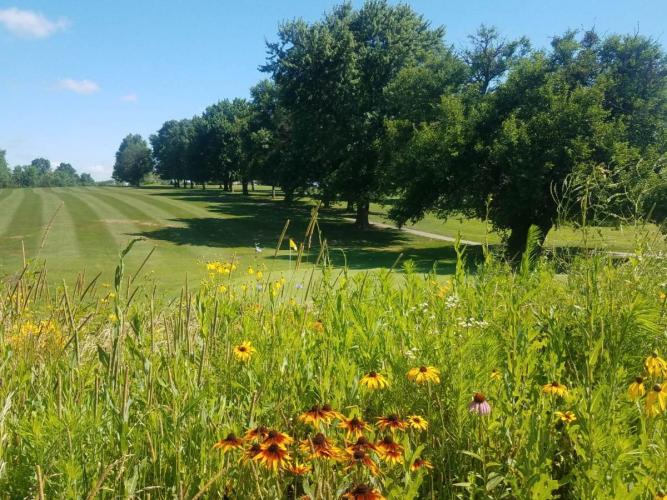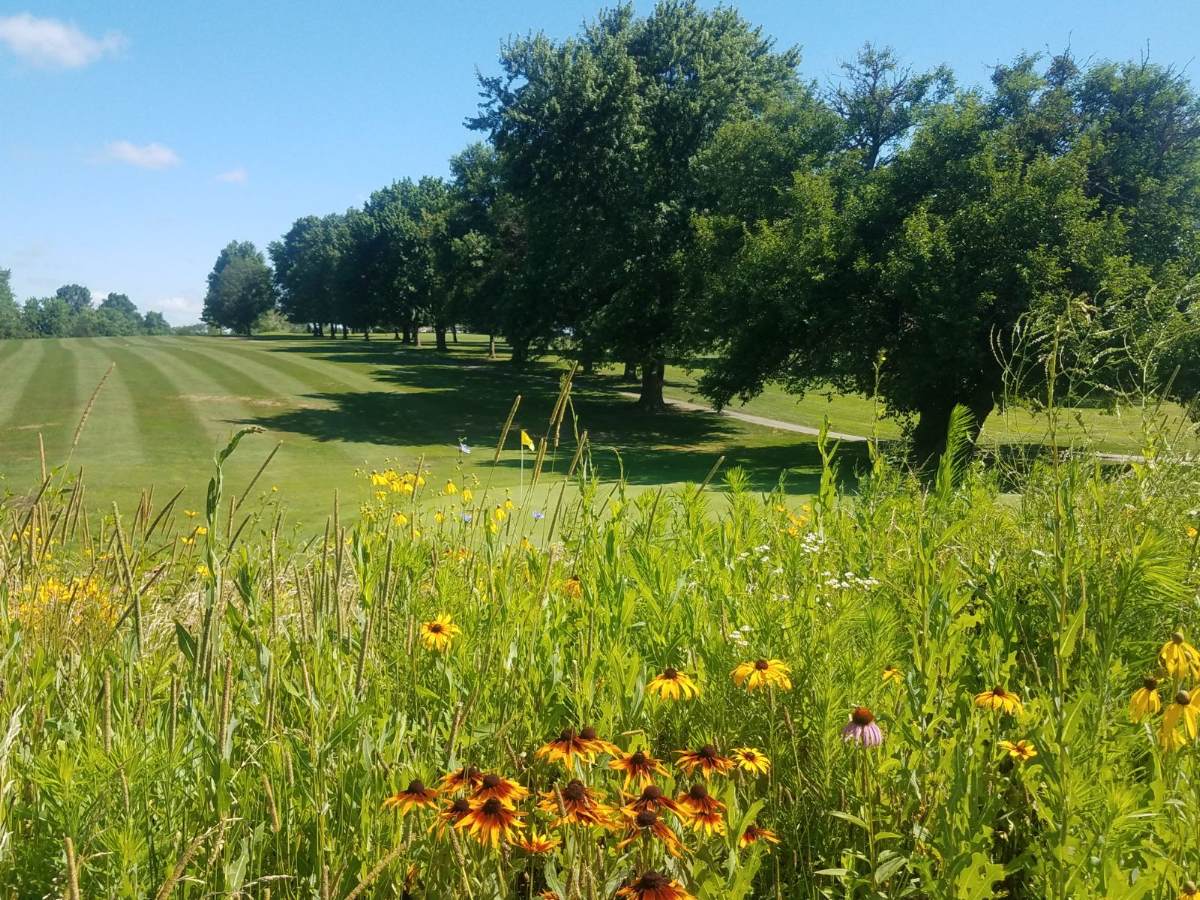
Xplor reconnects kids to nature and helps them find adventure in their own backyard. Free to residents of Missouri.


































Stay in Touch with MDC news, newsletters, events, and manage your subscription

Xplor reconnects kids to nature and helps them find adventure in their own backyard. Free to residents of Missouri.

A monthly publication about conservation in Missouri. Started in 1938, the printed magazine is free to residents of Missouri.


JEFFERSON CITY, Mo. – No one accomplishes anything alone, and through strong conservation partnerships, Missouri’s natural resources continue to be valued and supported. The Missouri Department of Conservation (MDC) is fortunate to work with numerous partner organizations that help make a difference for the state’s forest, fish, and wildlife in communities around the state. Community conservation – the practice of integrating nature into a city’s landscape - includes these impactful projects:
O’FALLON PARK PROJECT
In 2018, MDC joined the City of St. Louis Parks Department, Brightside St. Louis, North Newstead Association, the O’Fallon Community Development Organization, the Missouri Botanical Garden, YMCA, Boys and Girls Club, and Forest Releaf of Missouri to restore natural habitat to St. Louis City’s O’Fallon Park. The mission is to revitalize the 125-acre park to enhance visitors’ experience, improve nature enjoyment, and expand nature programming opportunities.
The park project is possible through MDC’s Back to Nature St. Louis Grant, which provides funding for habitat restoration or reconstruction on a public park property in St. Louis County or City.
“Partnerships are really key to this project,” explained MDC Community Conservation Planner Josh Ward. “Working in an urban area provides a unique opportunity to not only improve wildlife habitat and improve natural resources, but helps people in these communities connect with nature.”
The transformation of O’Fallon Park back to nature has been a four-year journey with expected completion in 2021. To learn more about the project, visit https://short.mdc.mo.gov/Z8V.
DEEP ROOTS KC
Deep Roots KC is a Kansas-City based organization focused on forming relationships between heartland communities and native landscapes. Deep Roots hosts a series of workshops to teach participants how to successfully incorporate native plants into landscapes. When the COVID-19 pandemic prompted stay-at-home orders, Deep Roots launched a webinar series, Native Plant Gardening.
The Native Plant Gardening virtual series was offered twice each week throughout the stay-at-home order. More than 1,000 people registered for the series, and webinars averaged 200 attendees each session. When the metropolitan area began reopening, Deep Roots continued the webinars weekly through the end of June. The recorded webinars were uploaded to YouTube, where more than 2,000 people have viewed them with numbers increasing daily.
“These native plant workshops have proven to change local landscapes,” said MDC Community Conservation Planner Wendy Sangster. “Ninety-percent of workshop attendees planted native plants following the series. It speaks volumes about the impact these simple outreach efforts have on Missouri’s natural landscape. It also reinforces the idea that everyone can make an impact and do their part, regardless of the size of their property.”
To learn more about Deep Roots KC or to view previous webinars, visit https://deeprootskc.org/.
HEARTLAND TREE ALLIANCE
The Kansas City-based Heartland Tree Alliance (HTA) program advocates for a healthy community forest in the greater Kansas City region. The program is involved in numerous outreach efforts that educates local residents about the critically important benefits created by urban trees, why these trees need extra care, and proper ways to provide that care.
HTA and its volunteers have continued free tree planting efforts across the Kansas City-region during the COVID-19 pandemic, planting approximately 300, 1-inch caliper trees. Through funding with the US Forest Service, HTA is partnering with Evergy and the Arbor Day Foundation for the Energy Saving Trees Program to provide free trees to residents in Kansas City, Missouri. The organization was able to give away 200 trees this spring and has plans to give away another 250 again this fall.
“In June we hosted our first-ever online TreeKeepers course, which taught participants about the social, environmental, and economic benefits trees provide,” said HTA Program Manager Sarah Crowder. “The course was a great success and we plan on hosting the course again this fall. Additionally, our educator is developing curriculum for online learning that can be rolled out to 4-6th graders this fall, as well as working on a partnership with the Girl Scouts and Scout programs.”
To learn more about HTA or how to volunteer, visit https://bridgingthegap.org/.
GREEN CITY COALITION
The Green City Coalition (GCC) is a partnership between the City of St. Louis, St. Louis Development Corporation, MDC, and the Metropolitan St. Louis Sewer District to transform vacant and abandoned properties to community-owned green spaces. The organization focuses on neighborhoods where there are high concentrations of vacant properties. It works with neighbors and coalition members to transform these areas into green spaces that improve neighborhood vitality, increase well-being, and provide ecologically significant habitat.
“Our partnership with the Green City Coalition is a wonderful example community-based conservation,” explained MDC Community Conservation Chief Jason Jensen. “The collaboration between partners and community engagement are vital to the program’s success. Providing more green spaces in urban areas allows residents to learn about and benefit from nature.”
The partnership converted more than 16 acres of vacant land to a diverse mix of prairie grass and forb species selected for extended blooms and low height. GCC is also converting 18 acres in six parks to a diverse prairie mix appropriate to St. Louis’s historic land cover.
Learn more about GCC through their website at https://www.greencitycoalition.org/.
OTHER COMMUNITY CONSERVATION EFFORTS
MDC engages in many community conservation projects throughout the state with entities such as schools, churches, golf courses, correctional facilities, and other organizations.
“Because every community is unique, different towns may integrate nature differently to bring the most benefit to residents,” explained Jensen. “Community conservation begins by identifying the needs of our citizens. After determining those needs, our staff helps find and visualize ways to incorporate nature that help meet the community’s needs.”
MDC has partnered with the Association of Missouri Electric Cooperatives and the Missouri Soybean Merchandising Council to incorporate pollinator plantings at both of their headquarter buildings in Jefferson City.
“Staff have also done considerable work with the City of Springfield on nature-scaping, which included Springfield City Hall,” Jensen noted. “We’ve also incorporated native plantings at multiple golf courses around the state. MDC is incredibly lucky to work on these conservation projects with such engaging and progressive organizations. It’s a win-win for Missourians and their communities.”
To learn more about other MDC partnerships, visit https://short.mdc.mo.gov/Z8r.